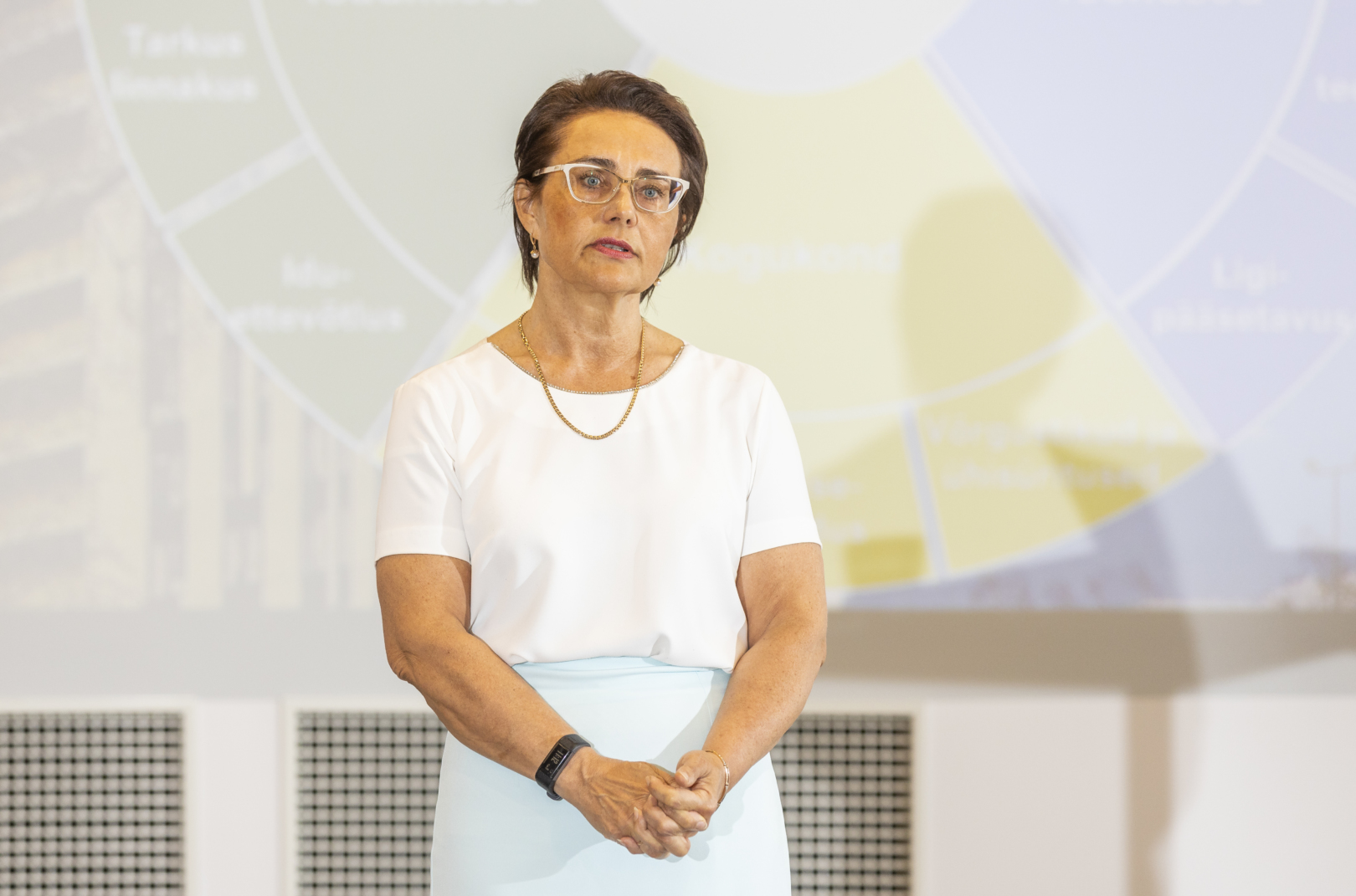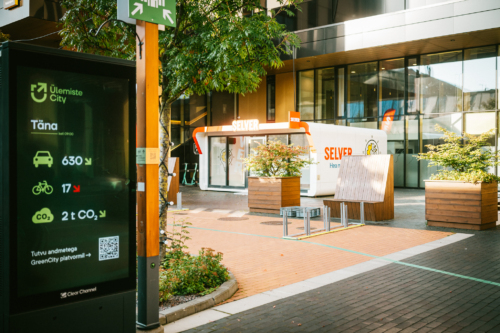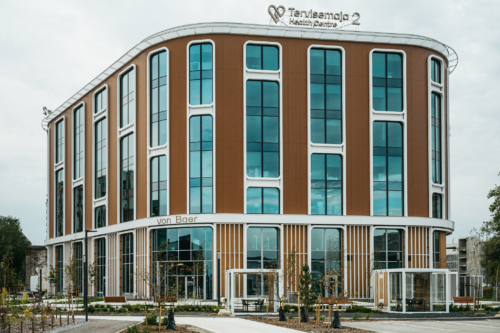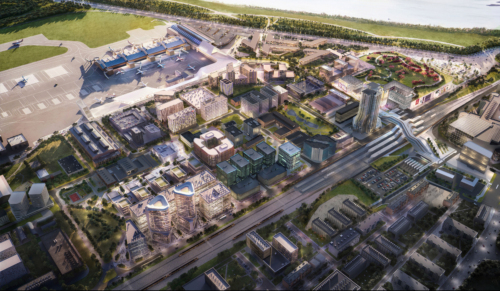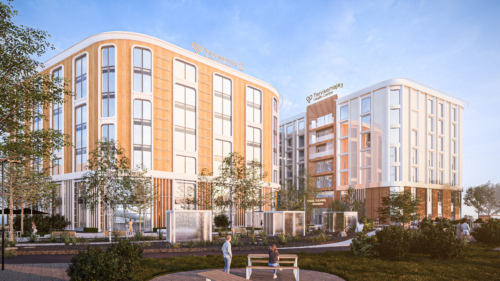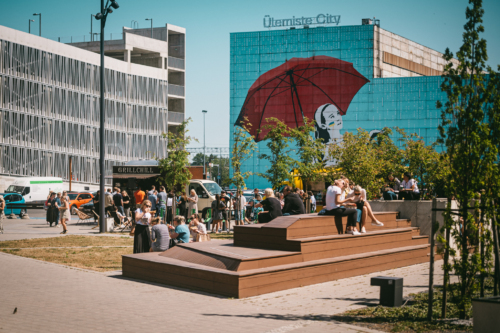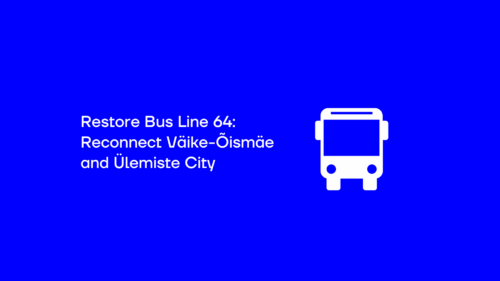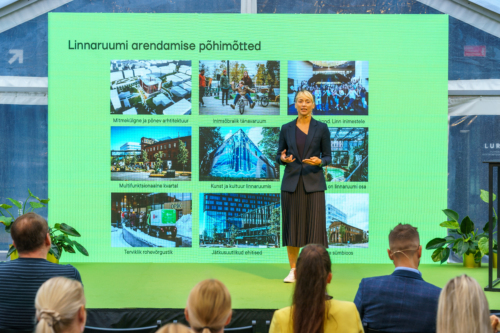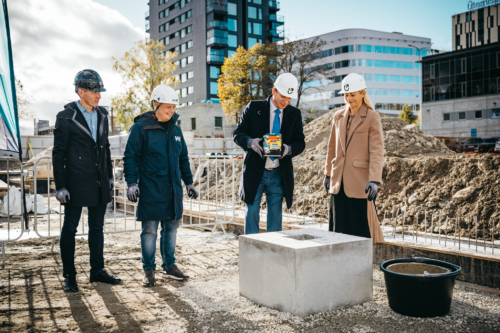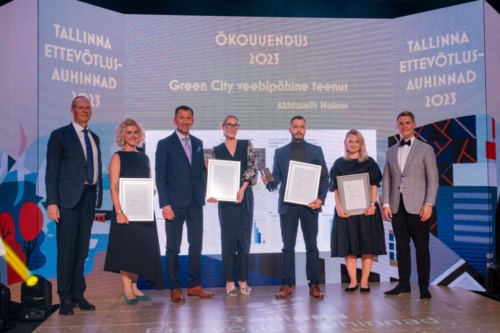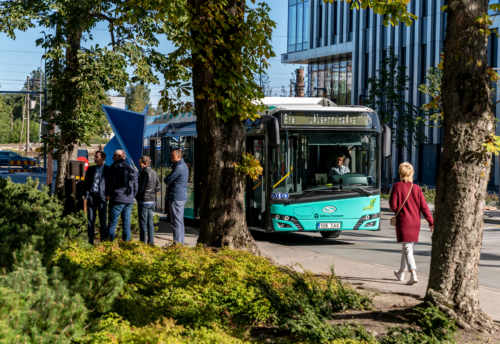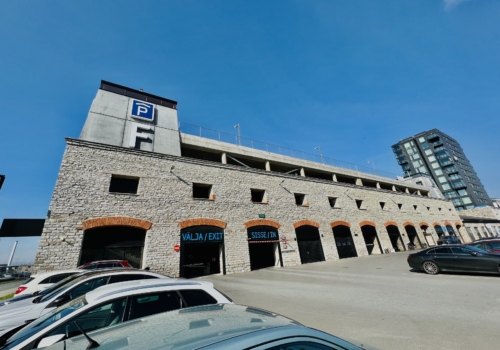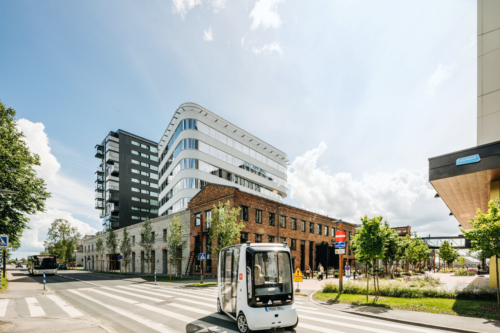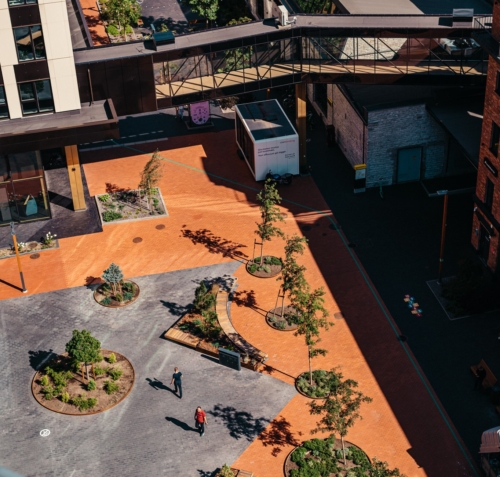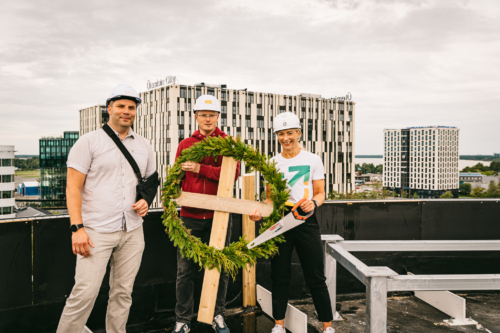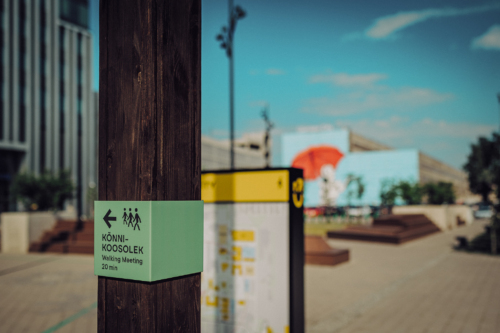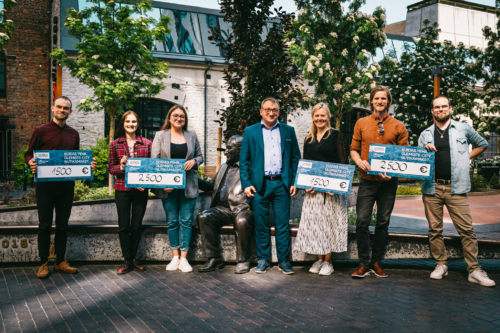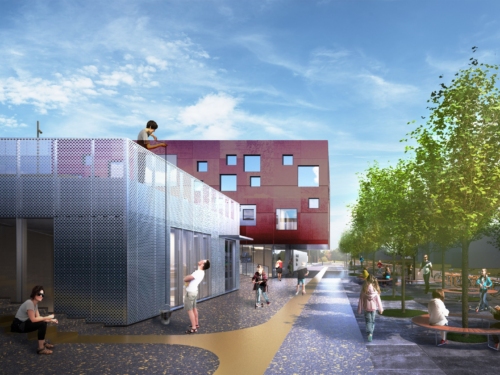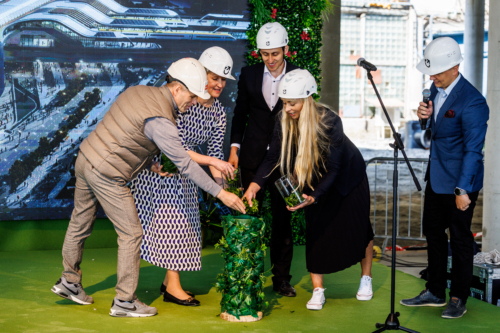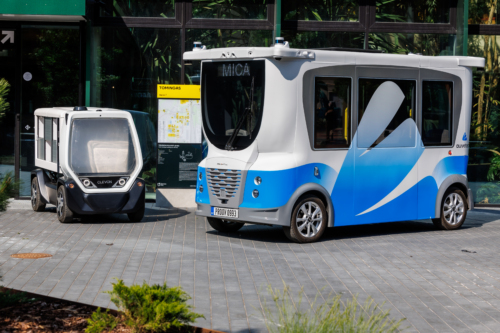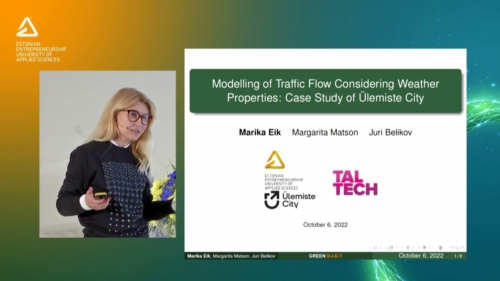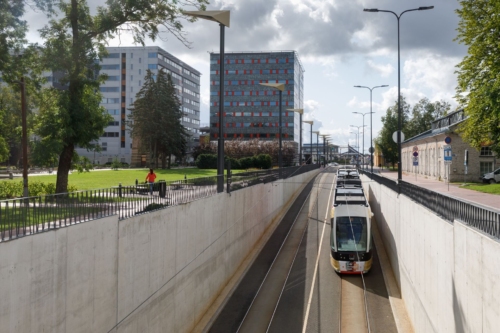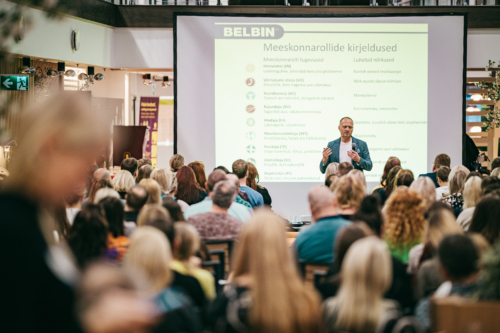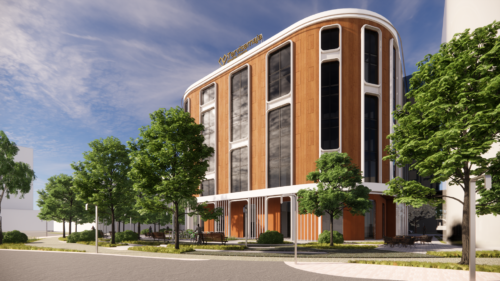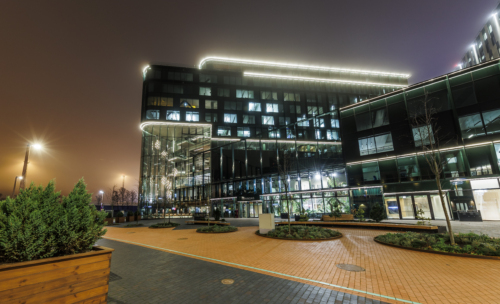Study: Ülemiste City has the fifth-largest economy among Estonian cities
According to a recent study, Ülemiste City is ranked fifth behind Tallinn, Tartu, Pärnu and Narva in terms of tax revenue. The 10,000 persons working in the biggest and fastest growing Smart City in Baltics generate more than 1.6bn euros of annual turnover.
According to Kadi Pärnits, CEO of Mainor AS, the development of Ülemiste City has been obvious, but an extensive study that would also include historical data as a reference was required for a better understanding of the campus environment as well as the increase in personnel and economic indicators and the development dynamics.
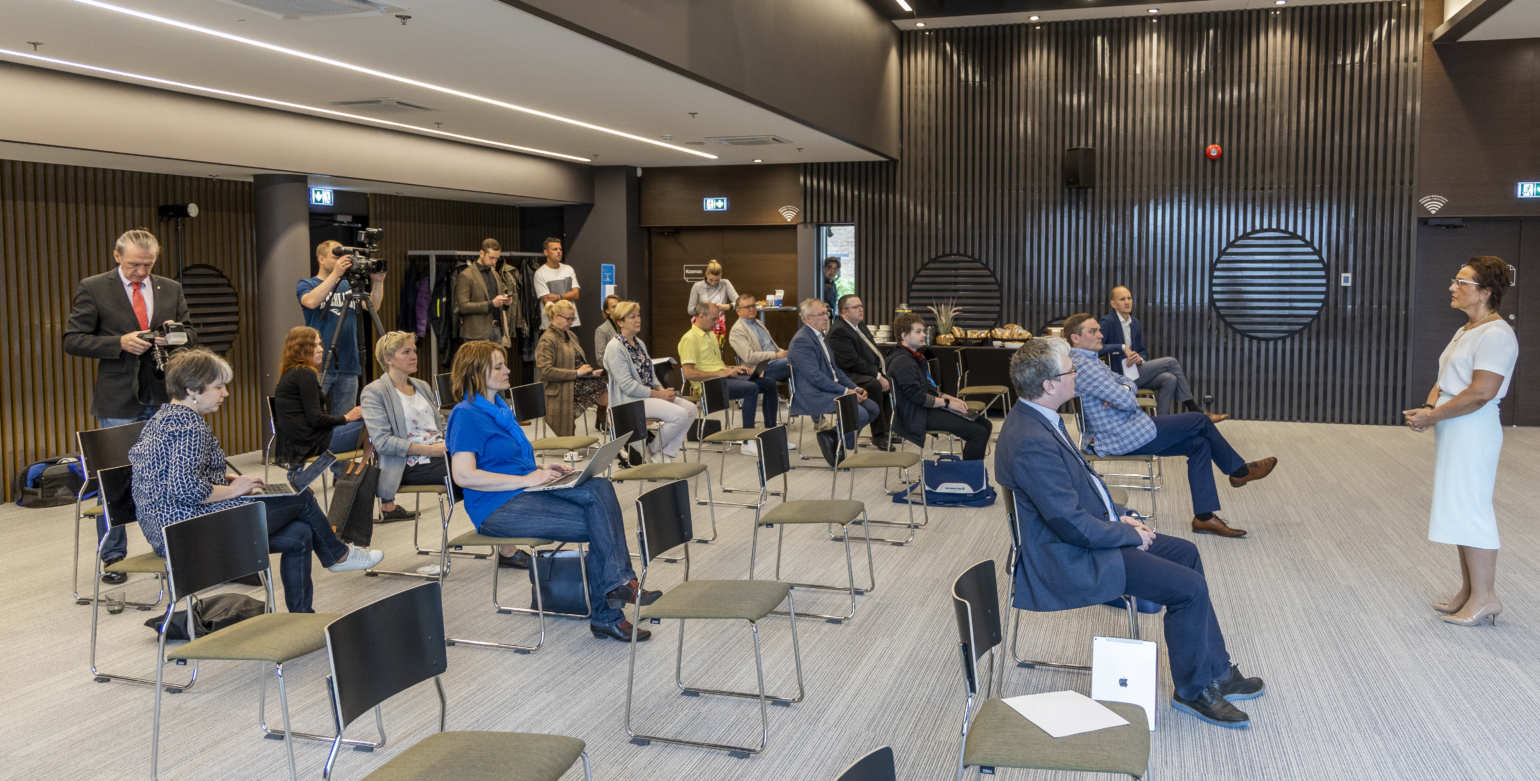
The study conducted by the Estonian Entrepreneurship University of Applied Sciences revealed, for instance, that the nearly 10,000 persons working in the Ülemiste City campus account for 2.42 percent of Estonia’s tax revenue. For reference, this surpasses the tax revenues from Saaremaa Rural Municipality with its 31,000 residents, Viimsi Rural Municipality with its 20,000 residents, and Saue Rural Municipality with its 22,000 residents.
“In terms of tax revenue, Ülemiste City is ranked fifth among the largest cities in Estonia, which means that the economy of Ülemiste City is comparable in size to a separate urban municipality. It is the centre of operations for many of Estonia’s top IT companies that export as much as three quarters of their products, which is nearly 50% more as the rest of Estonia, and accounts almost a third of the entire IT sector export,” Pärnits said.
Ülemiste City has seen rapid development in both the number of people working there as well as their wages. While Estonian residents earned 1,310 euros in average wages in 2018, the businesses in ÜlemisteCity paid on average 2,093 euros to their employees in the same period. The number of employees and students on the campus has increased by nearly 5,000 in five years – equivalent to the total number of residents in the town of Põltsamaa.
Productivity growth in the businesses of Ülemiste City has outpaced all other regions in Estonia. “For Estonia as a whole, the increase in sales revenues, exports, profits and added value has occurred at the same rate as the increase in labour costs. However, while the factor of increase in the former indicators in Ülemiste Cityranged from 2.3 to 3.7 over the period 2014–2018, the factor of increase in the number of employees was 1.7 and the factor of increase in labour costs was 2.1,” explained the author of the study, Tauno Õunapuu, researcher at the Estonian Entrepreneurship University of Applied Sciences.
Notably, the increase in Ülemiste City is not only driven by new tenants, but long-term tenants in the campus have also demonstrated growth above Estonia’s average. In 2018, the long-term tenant businesses in Ülemiste City created more than 400 new jobs and their net profit increased more than 15 percent from 2017.
According to Pärnits, Ülemiste City is being developed to create an environment that facilitates success for the people working there. “For talents to blossom, they need an inspiring environment that provides the necessary services, professional development opportunities and cooperation projects, as well as entertainment and a green urban space for a truly enjoyable experience.”
While the current number of employees and students in Ülemiste City is comparable to the city of Võru with its 12,000 residents, the number of people on the campus is expected to double in five years. “But this requires rapid development of public transportation and other infrastructures in cooperation with the City of Tallinn and the Estonian government. A significant increase in the size of the campus to cater for more cars would be infeasible and, consequently, solutions are required for improving public transportation and reducing car traffic,” Pärnits noted.
Economic studies of Ülemiste City have been conducted regularly since 2014. While the focus of the current study is on economic performance, another study, the so-called Ülemiste City Radar, is expected by the end of the month. It will provide an extensive overview of all the other key development factors, including the environment, services, knowledge and community.
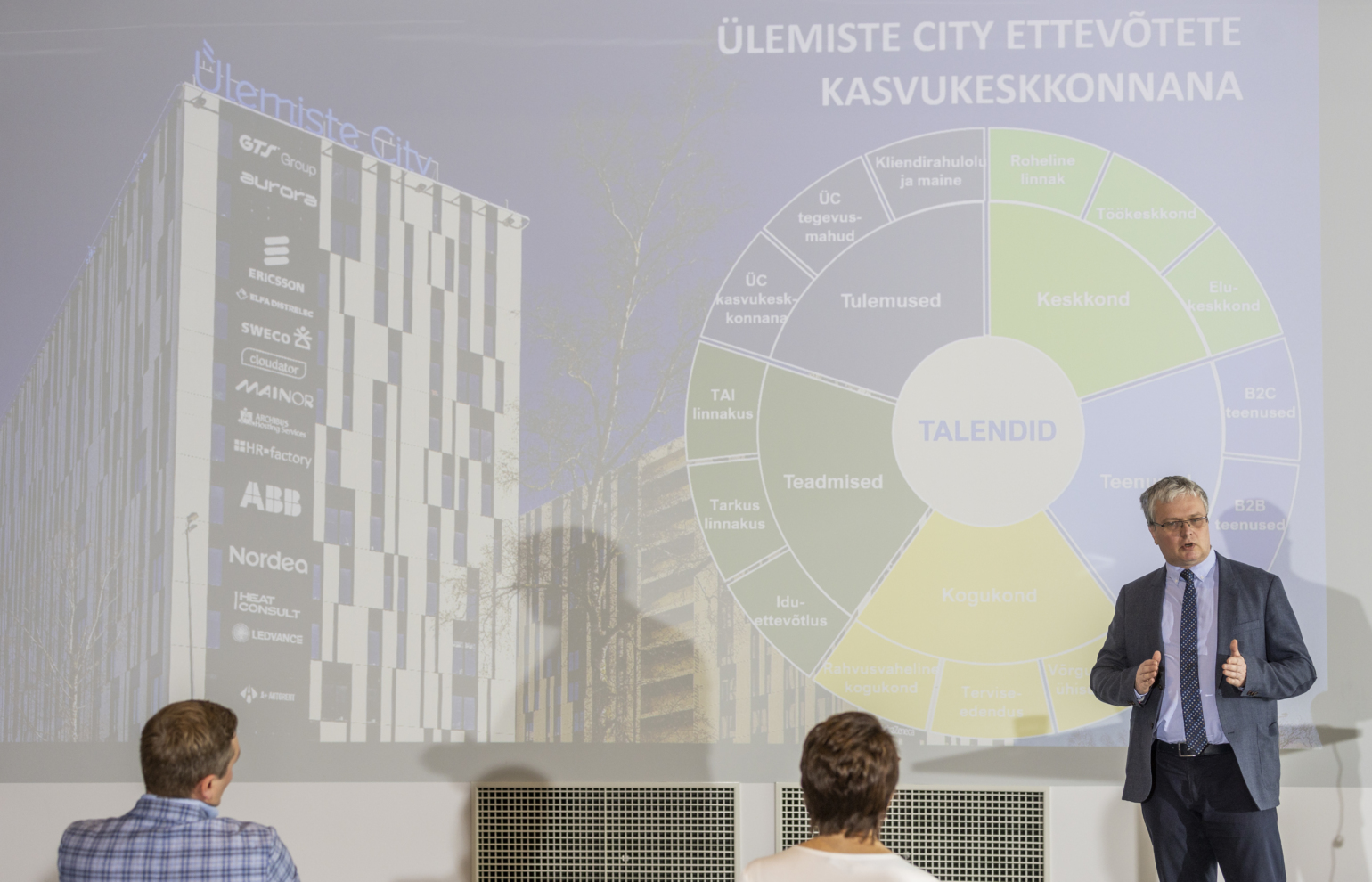
The idea behind the Radar was to develop a compact, comprehensible and well-visualised solution for presenting the main trends that characterise the development of Ülemiste City and that can be used for projections. The Radar consists of five categories and up to 50 indicators to create a better understanding of the environment and to translate observations into conclusions.
“Development of the model will make it possible for other cities and campuses of the world to use this ‘tool’ for assessing and developing the attractiveness, sustainability and user-friendliness of their environment. The Radar can help create and implement a vision of a city of the future,” Pärnits said.
